Optimal Timing for Foundation Repairs
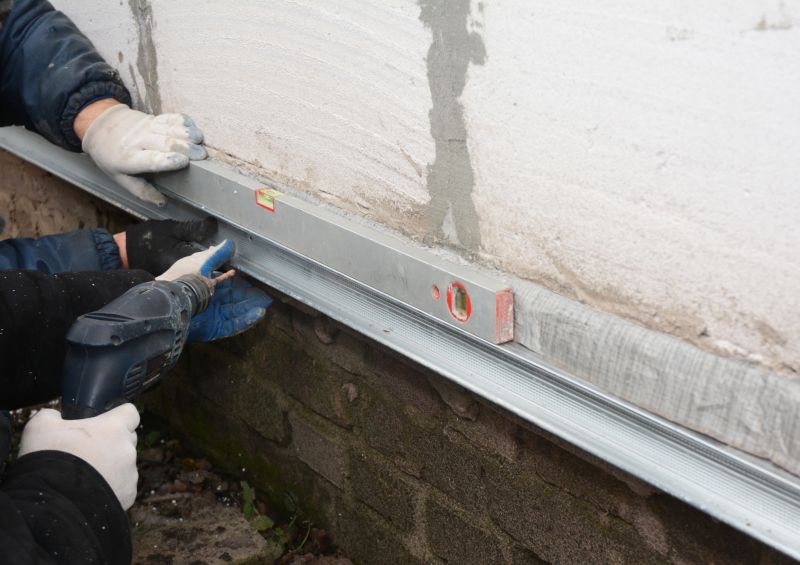
Spring offers optimal conditions due to moderate temperatures and soil moisture levels, facilitating effective repairs.

Summer can be suitable when soil is not excessively dry or wet, but high temperatures may impact curing processes.
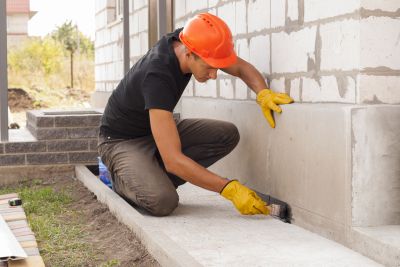
Fall provides cooler temperatures and stable soil conditions, making it a good time for foundation work before winter.
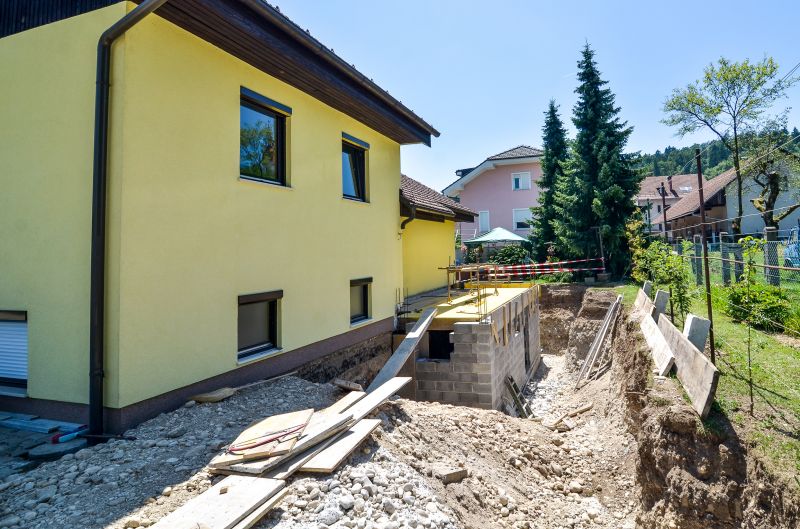
Ways to make Foundation Repairs work in tight or awkward layouts.
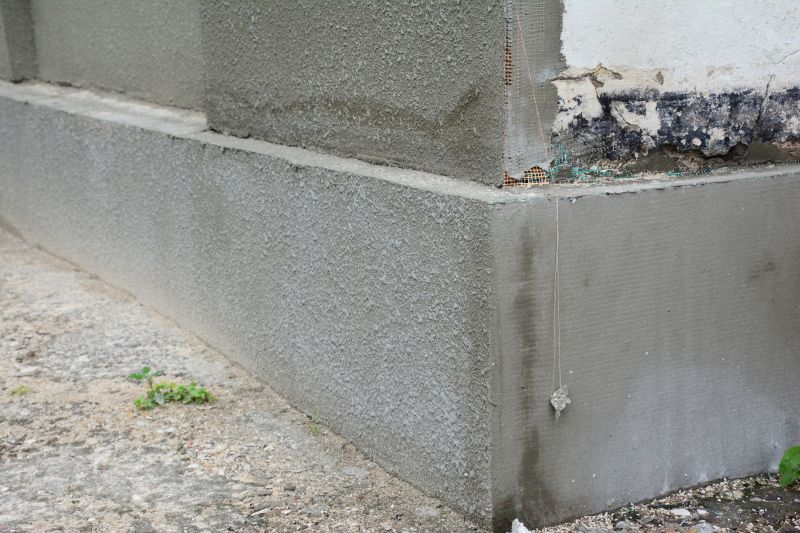
Popular materials for Foundation Repairs and why they hold up over time.
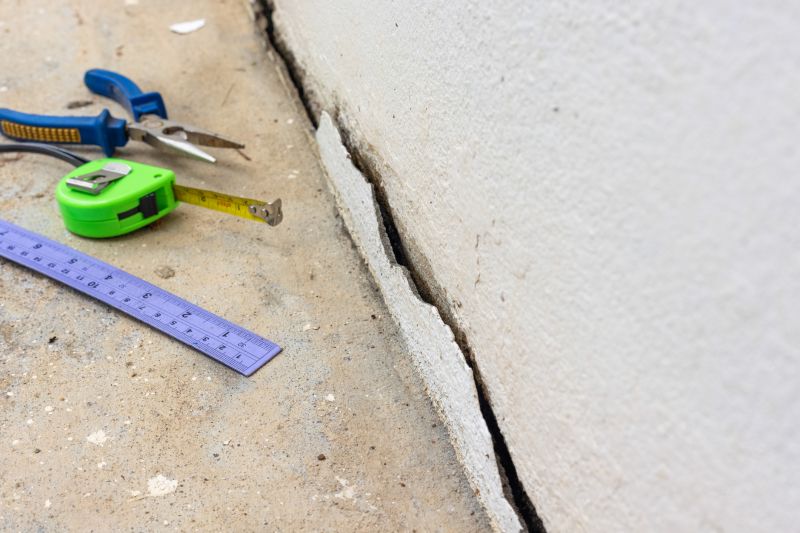
Simple add-ons that improve Foundation Repairs without blowing the budget.
Foundation repairs are critical for maintaining the structural integrity of a building. The timing of repairs can influence their effectiveness and longevity. Factors such as soil moisture, temperature, and weather conditions play significant roles in determining the optimal period for foundation work.
In regions with variable climate, scheduling repairs during periods of moderate weather minimizes risks associated with soil expansion and contraction. Proper timing ensures that repairs are durable and reduces the likelihood of future issues related to shifting or settling foundations.
Soil moisture levels significantly impact foundation stability. Repairs are best performed when soil is neither too wet nor too dry.
Extreme temperatures can affect curing times and material performance, making moderate temperatures ideal for foundation work.
Avoiding periods of heavy rainfall or freezing temperatures helps ensure repairs are effective and lasting.
Spring and fall typically provide the most favorable conditions for foundation repairs.
| Season | Ideal Conditions |
|---|---|
| Spring | Moderate temperatures with moist soil |
| Summer | Warm weather with stable soil moisture |
| Fall | Cool temperatures with dry to moist soil |
| Winter | Not recommended due to freezing conditions |
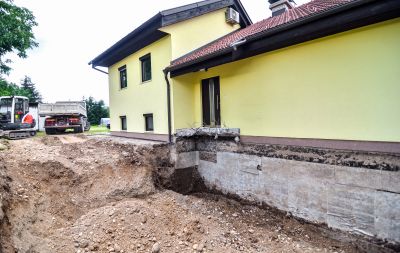
A detailed view of the foundation repair steps, including assessment, excavation, and stabilization.
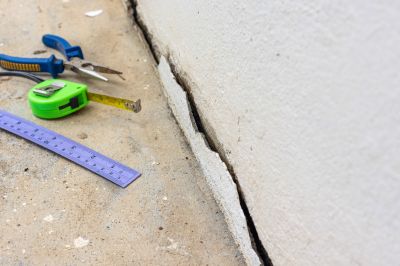
An image showing common foundation cracks that may require repair.
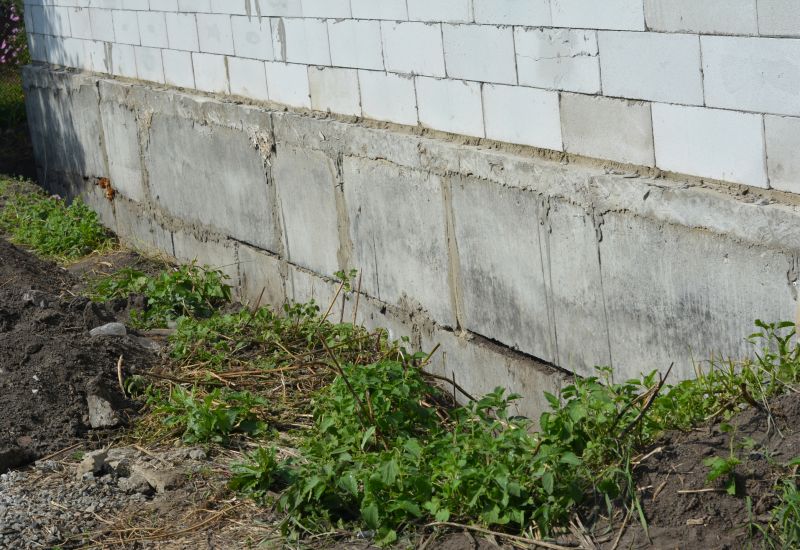
Materials and techniques used to stabilize and reinforce foundations.
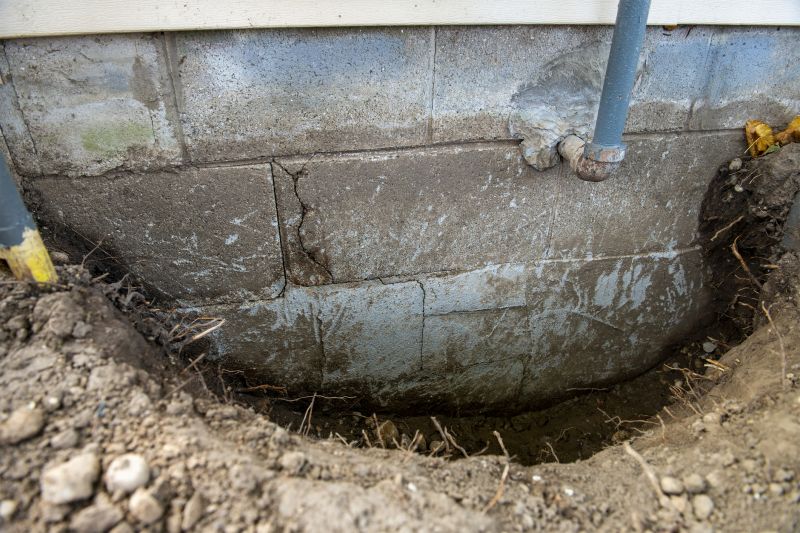
Visual comparison demonstrating the effectiveness of foundation repairs.
Foundation repairs involve assessing the extent of damage, excavating affected areas, and implementing stabilization methods. Proper timing enhances the success of these procedures by aligning with favorable weather and soil conditions.
Ignoring timely repairs can lead to increased structural issues and higher costs. Understanding seasonal factors helps in planning repairs that are both effective and efficient.

Specialists equipped with advanced tools and techniques for durable repairs.
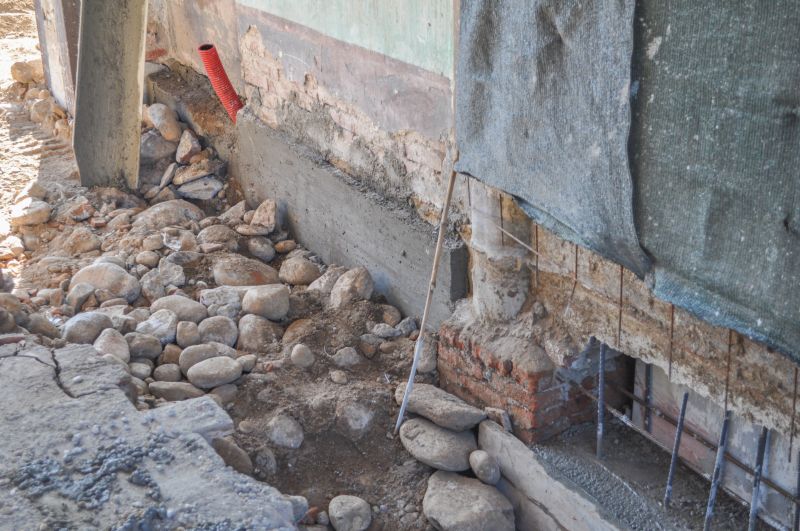
High-quality materials designed for long-lasting foundation stabilization.
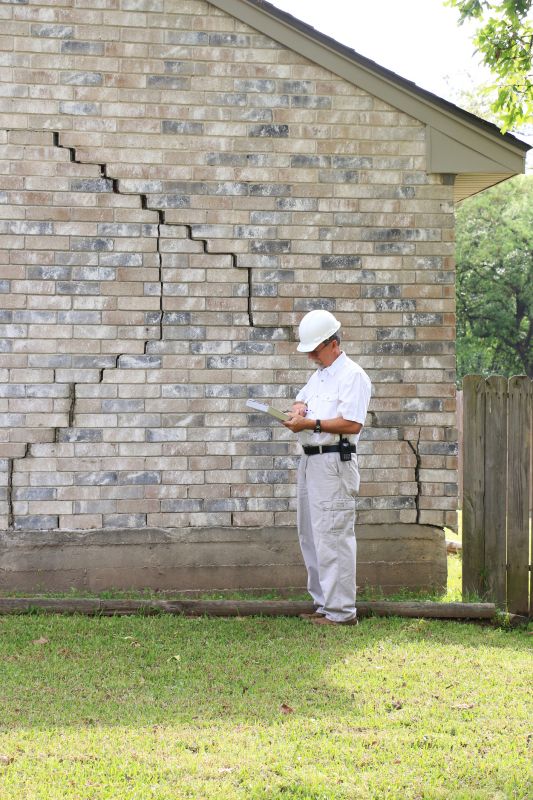
Initial evaluations to determine the best timing and approach for repairs.
Interested property owners are encouraged to contact for an assessment and to discuss the optimal timing for foundation repairs. Proper scheduling can help prevent further structural damage and ensure the stability of the building.

